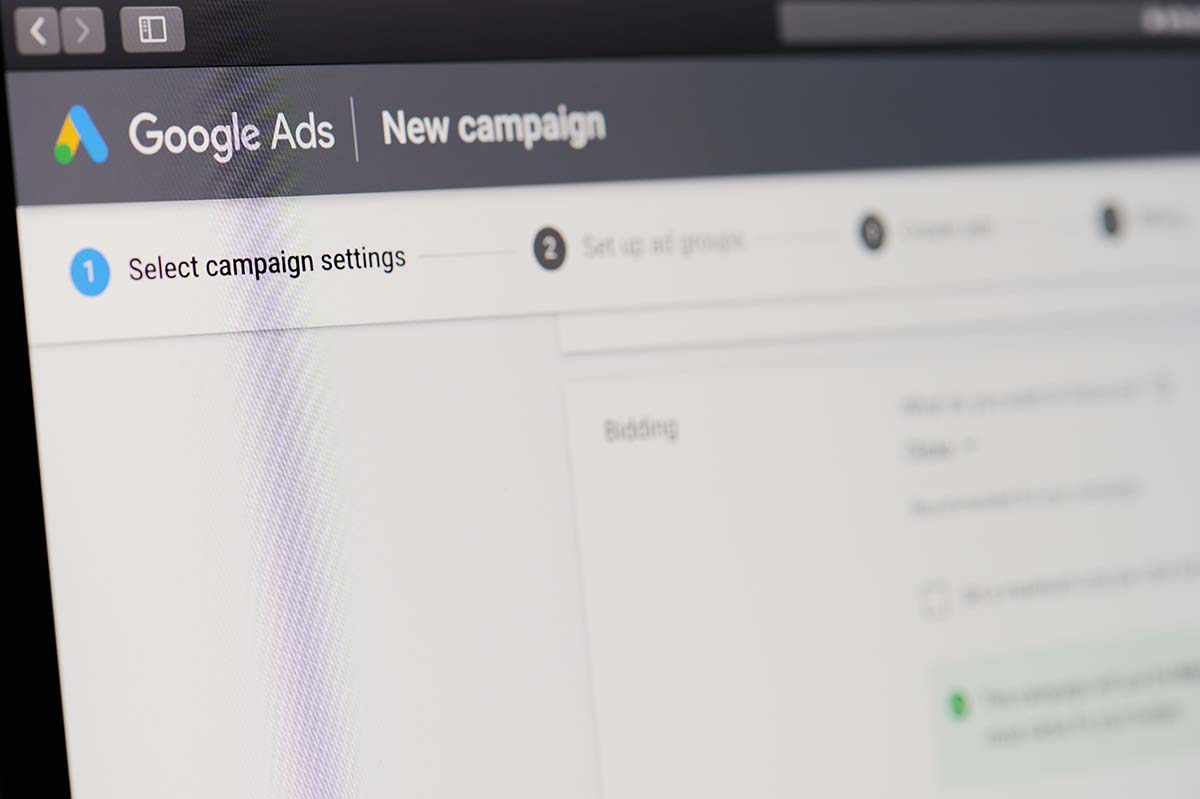By Brandon Buck
We analyze a lot of data at The Pollack Group because it’s important to understand results and progress to make better decisions. When we work on a new project or campaign, whether with a new or existing client, we always like to look back at the history of what has worked well for them and other experiences we can leverage at the start of a campaign. For digital marketing and engagement, there’s a really wonderful and very basic tool that can be used to attribute the effectiveness of campaign efforts. These are UTM parameters applied to URLs.
Urchin Tracking Module (UTM) originally came from Urchin, a digital analytics company Google acquired in 2005, and integrated into Google Analytics and eventually all Google properties. One method Urchin used to analyze web traffic is to add text to a URL that would have no effect on the web-going experience for the user but can be referenced after the fact in an Analytics dashboard. Think of a beekeeper marking a queen bee with a dot of colored paint to easily see her in the crowd of the hive. This does not affect the queen but lets the beekeeper find her at a glance.
UTM’s are parameters added to the end of the URL you want a user to go to: example.com is the URL, and we’ll mark the user’s journey with a few additional text markers. A minimum of three specific parameters is required. Google defaults with five options, but with some custom settings in Google Analytics you can add as many as you want (the parameters should be lower-case, and without spaces).
• Campaign – the overarching collection of all traffic you’re driving towards in a campaign: july4sale, or september-outreach. This can be anything, but it should be something unique that won’t mix with other campaigns and something that you understand.
• Source – the referring product or service to which the traffic is arriving: google, facebook, newsletter, flyer.
• Medium – the platform to which the Source is utilizing: organicsocial, paidsocial, ppc, email, qrcode.
• Content – an optional identifier to differentiate multiple assets if a few options are published from the same source and medium: spaghetti-dish, hamburger-dish, icecream-dish.
• Term – an optional identifier to differentiate keywords, especially if you’re paying for ads: spaghetti, spaghetti-and-marinara, spaghetti-and-meatballs.
So before, when you drove people to:
https://www.example.com
They will now be going to:
https://www.example.com/?utm_source=newsletter&utm_medium=email&utm_campaign=september-outreach&utm_term=spaghetti-and-meatballs&utm_content=spaghetti-dish
Again, these 136 additional characters will not affect the user’s experience; they will navigate and explore your website as they normally would.
When we start a digital marketing campaign or project at The Pollack Group, the team not only discusses the logistics and schedule of launch, aligning all assets and messaging to one central effort, but we also ensure we’re on the same page for UTM tracking. This is particularly important to discuss early because UTM parameters must be set up before the campaign launches- any changes after the fact will create new variables, like a new fork in a flowing river. When it comes to digital marketing, getting attention is only the first step- if you want to be effective, you have to measure what’s effective.

There are a lot of tools online you can find to help build your URLs with the UTM parameters, including some template Google Sheets and Microsoft Excel files. Google has a webpage to build them quickly.
Imagine you own a restaurant, and only a few people come in to dine every day. What’s the most classic method restaurant owners use to bring people to their store? Flyers! A big stack of paper flyers was handed out to people passing by on the sidewalk. Let’s say you create 1,000 paper flyers and give them to a couple of people to distribute. The next day your customers double. Great! But did they come in because of the flyers, or were they going to come in today anyway? Were they all in the neighborhood and walked in, or did they commute some distance to visit your restaurant? You could ask, or you could have a bit more of a deliberate strategy for your flyers.
READ MORE: What Is A Converting Landing Page?
So, you print another 1,000 flyers, but in five different colors: red, blue, yellow, green, and purple. You have 5 people to hand out flyers in different parts of town, and you give them each a different color. Now you can at least detect from which part of town people are coming in from. Sure enough, 100 people come in with flyers in hand: 60 blue, 20 red, 10 yellow, 5 green, and 5 purple. Now you know, at a glance, that flyers convert 10% of people who receive them into customers, and you can see from which part of town they commuted over to dine. Excellent.
utm_source=blue&utm_medium=flyer&utm_campaign=202106launch
utm_source=red&utm_medium=flyer&utm_campaign=202106launch
utm_source=yellow&utm_medium=flyer&utm_campaign=202106launch
As you can see in this analogy, UTM is more of a marker than a tool in itself. Parameters in the URL are like the color-coded flyers- the flyers are still the same, but you can see some data without any detrimental effect on the customer. Another virtue of applying UTM parameters is that it is not specific to Google- they’re recognized natively in Shopify and Mailchimp, to name a few.
This first step of color-coding our flyers is like identifying the Medium and Source parameters: Blue signified organic social, red signified paid social media ads, and yellow represented paid search (Cost Per Click, CPC), etc.
utm_source=organicsocial&utm_medium=facebook&utm_campaign=202106launch
utm_source=paidsocial&utm_medium=instagram&utm_campaign=202106launch
utm_source=cpc&utm_medium=google&utm_campaign=202106launch
Now you ask yourself if anything particularly enticed someone to come in: did they like the price, or should you offer a discount coupon? Were people interested in the variety of dishes, or did you satisfy people’s specific dietary needs? Now, when you send flyers to the “blue region” of town, you can figure out what specifically was the successful driver to a demographic that was able to be sold before.
Think of these questions as the subsequent UTM parameters: Content and Term. Suppose you create a few varieties of email creative (some with photos, some with text, some offering sales discounts). In that case, you can differentiate these with different Content identifier:
utm_source=organicsocial&utm_medium=facebook&utm_campaign=202106launch&utm_content=photo-spaghetti
utm_source=organicsocial&utm_medium=facebook&utm_campaign=202106launch&utm_content=photo-hamburgers
utm_source=organicsocial&utm_medium=facebook&utm_campaign=202106launch&utm_content=photo-icecream
Again, all of these parameters won’t affect the customer’s end experience- how often do you look at the entire URL string? But the more information you can apply, and the more organized you are at being deliberate and specific, the more information you can glean from your traffic.
Now after a few weeks, you have a strong marketing campaign to drive people to your restaurant: you’re sending out flyers to certain parts of town with optimized copy, optimized photos, optimized selling points. Life is grand.
Except it isn’t. You notice that hundreds of customers come into your restaurant every day, but your revenue isn’t growing proportionately. You realize that your flyers are being received and counted at the door of your restaurant, but your bottom line is at the cash register. If your cashiers can count the flyer varieties and correlate with the cash coming into the terminal, you can now optimize for sales.
This is a Google Analytics Event. An Event is a piece of code set up on the website that tracks a basic action- adding an item to a cart, completing a purchase, signing up for an email newsletter, etc. Implementing a Google Analytics Event is beyond the scope of this article (they usually need to be customized for the platform and the client’s needs), but this is end-of-the-funnel integration to track conversions fully, and now you can market directly for your end goals (purchases, registrations, whatever fits your business).
It’s essential to be tracking your marketing and campaigns online to correlate what works well and doesn’t, especially when money is being spent (either directly in ad dollars spent or time in social campaigns). I’ve found that it can be challenging for some people to understand UTM parameters or be intimidated by their complexity. Using the flyer analogy for a restaurant usually helps visualize its categorizing and segmenting audiences and traffic. But just like any technology, the more you practice, the clearer the process becomes.
Additional Guides From Brandon Buck
1. Efficiently Editing Multiple Stories For Video Using The Pancake Method
2. How To Use Scripts To Automate Video Compression For Social Media
3. How To Efficiently Edit A Documentary Series With Proxy Files






